
Animal
11:03, 04-Apr-2019
Saving Turkey's turtles
Natalie Carney
13:23
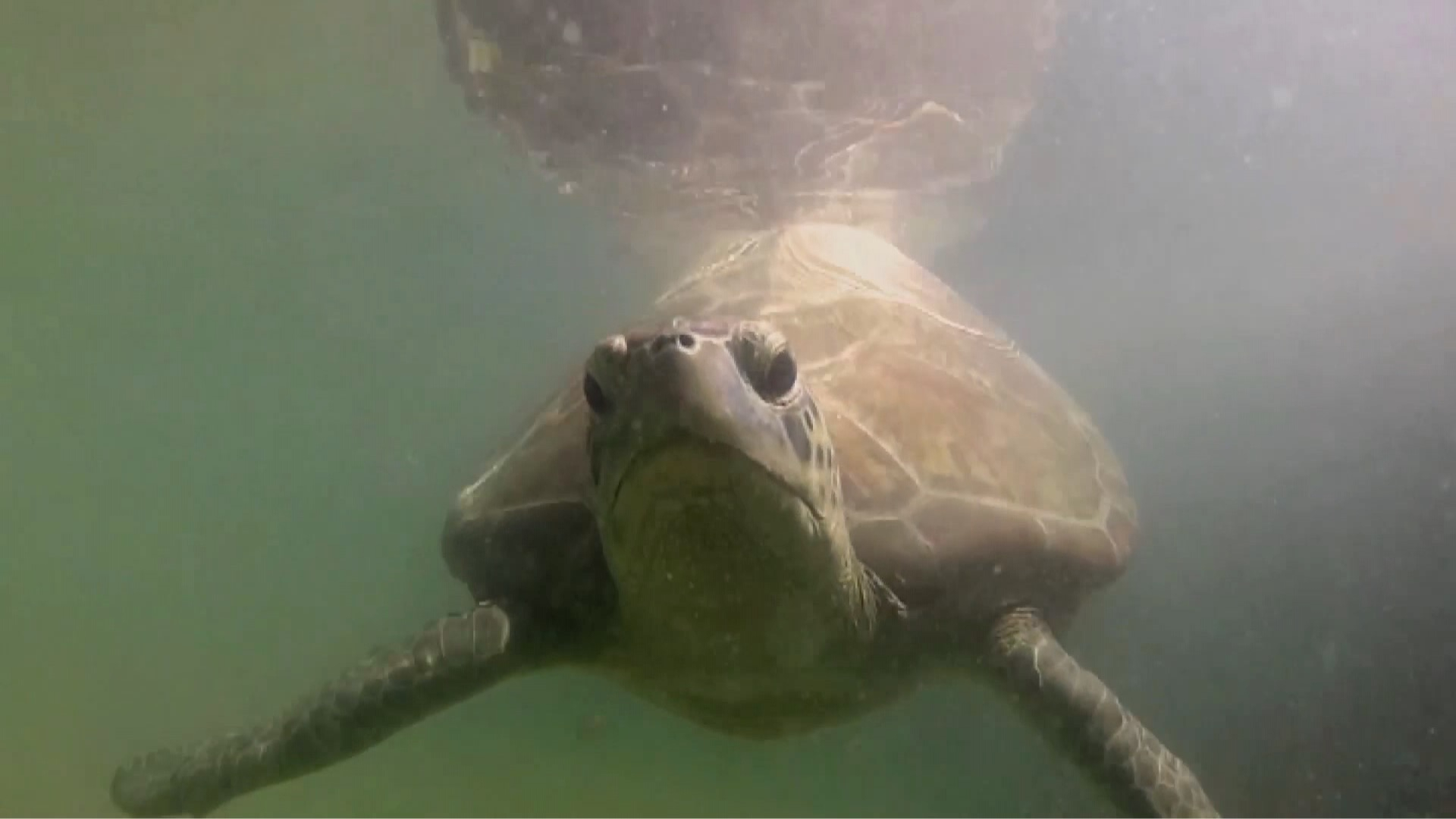
The unspoiled beaches and crystal clear waters of Iztuzu along Turkey's Dalyan Delta attract thousands of tourists every year. However, the increase in arrivals has posed a threat to the survival of loggerhead turtles.
Natalie Carney spoke to conservationists about the efforts undertaken to protect the spawning ground of the rare and endangered species as well as assistance provided.
The loggerhead turtles
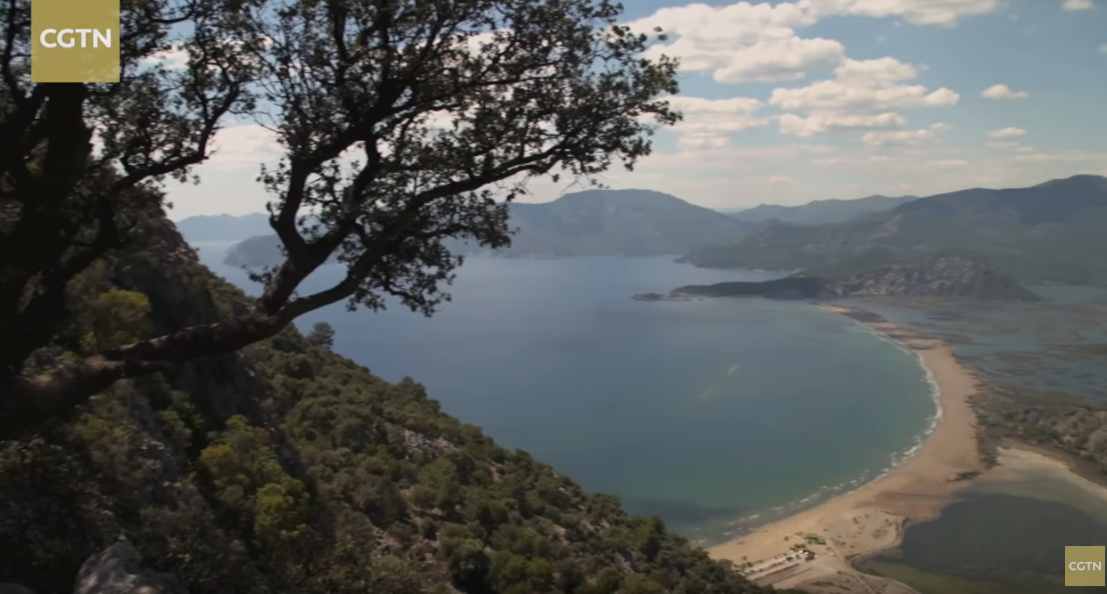
Iztuzu Beach, a five-kilometer stretch of white sand, lapped by the waves of the Mediterranean Sea. /Screenshot from the video
Iztuzu Beach, a five-kilometer stretch of white sand, lapped by the waves of the Mediterranean Sea. /Screenshot from the video
Loggerhead turtles, known in Turkey as carettas, are a tourist attraction in the town of Dalyan, in the country's southwest Mediterranean coast.
As Murat Çalışkan, a Turkish riverboat captain, noted: "90 percent of arriving tourists come to see the carettas."
Unlike other sea turtles, the carettas are omnivorous even though they don't have teeth. They use their strong beaks to chew up lobsters, crabs, and shellfish.
They can hold their breath for up to 6 hours and rarely leave the water. Pregnant females come to shore when it's time to lay their eggs, many on Itzuzu beach.
Speaking to Assignment Asia, the project head of Dekamer Project Şenol Menzek said: "Historically, (the loggerhead turtles) are one of the oldest animals after the dinosaurs. Originally, they were land turtles. But they escaped from the dinosaurs into the sea, evolving into water turtles."
The Dekamer Project is a sea turtle research, rescue, and rehabilitation center.
Fast becoming extinct
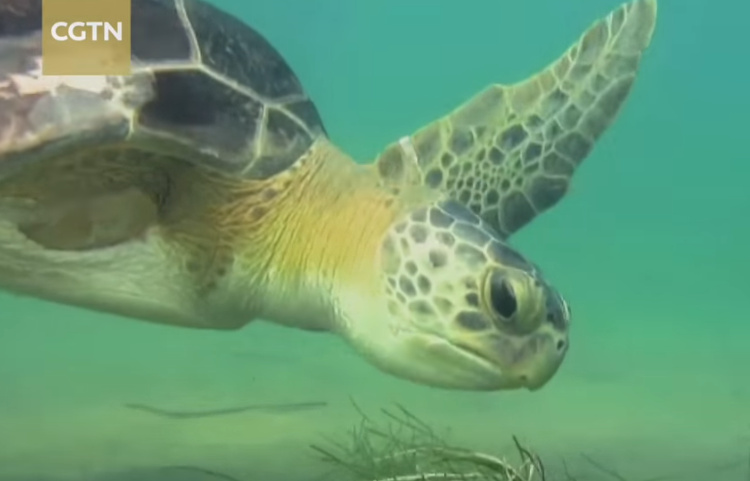
Loggerhead turtles are thought to have roamed the earth with dinosaurs more than 100 million years ago. /Screenshot from the video
Loggerhead turtles are thought to have roamed the earth with dinosaurs more than 100 million years ago. /Screenshot from the video
Recent research revealed that there are only 60,000 female loggerhead turtles left in the world; half of them along Turkey's Mediterranean coast.
Tourism, as it has turned out, has been largely responsible for disturbing the turtles' natural lifestyle.
As environmentalist June Haimoff explained: "It has caused great suffering to the turtles. Many have died. Many have been injured. And many don't go back anymore. They don't migrate anymore. They stay in the river hoping for food."
Many loggerhead turtles also die in the river because of exposure to cold water from the mountain during winter. Others are injured by riverboat propellers.
Şenol Menzek added: "Humans are the main threat to the turtles, especially fishermen. They fish so carelessly and the tourists feed the carettas with unhealthy food. Fishing nets, hooks, and boat propellers are also dangerous."
Save the turtles
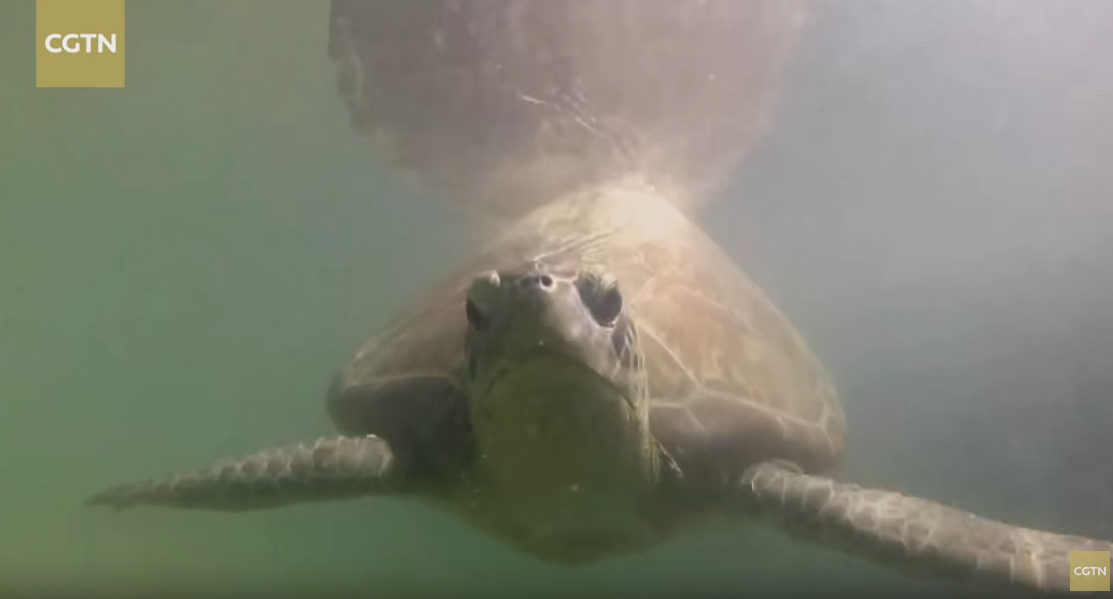
Today, loggerhead turtles are classified as an endangered species by the International Union for the Conservation of Nature. /Screenshot from the video
Today, loggerhead turtles are classified as an endangered species by the International Union for the Conservation of Nature. /Screenshot from the video
Haimoff, also known as Captain June, first experienced İztuzu beach more than 40 years ago as a sailor from England. She later became one of the area's pioneering conservationists.
Earlier on, she petitioned the Turkish government to save İztuzu beach from development that could disrupt the turtles' habitat.
In 1988, the beach was declared a specially protected area – the first in Turkey. Thanks to Captain June's efforts, the beach continues to be an important nesting ground for loggerhead turtles.
She now heads the Captain June Sea Turtle Foundation, which is aimed at educating the public about the turtles and protecting them.
Şenol Menzek too has dedicated his life to protecting the turtles. He runs a turtle hospital taking care of wounded turtles.
"We do blood analysis, x-rays. We detect the wound and start the operation. It can take five to six months, and maybe four years sometimes. After the treatment, we release them into the sea," Şenol Menzek said.
Supported by Pamukkale University and public donations, trained volunteers work and live with sea turtles here at Dekamer.
Protecting the next generation
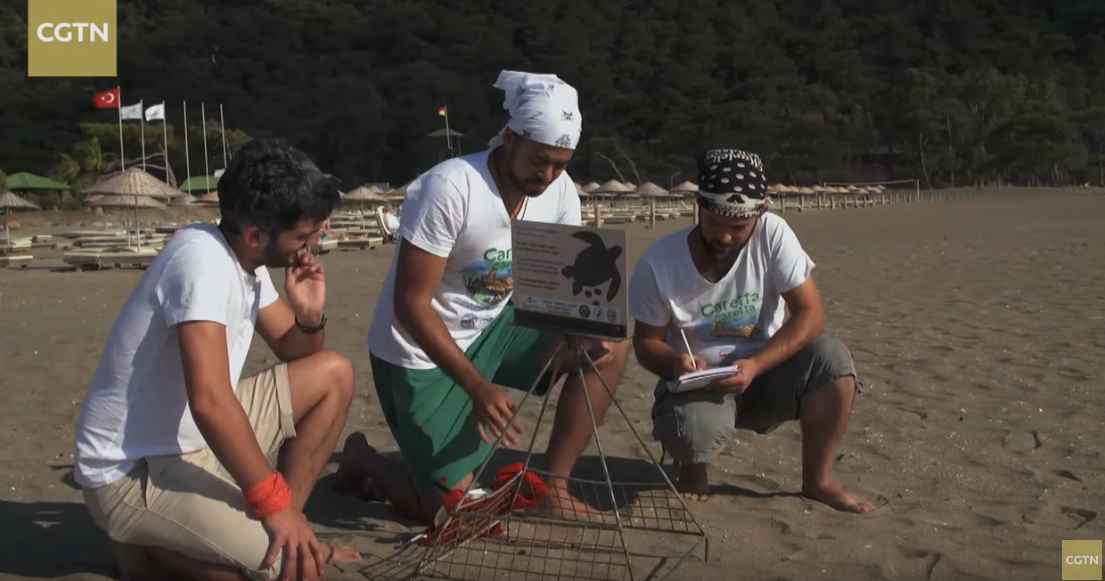
Volunteers help to place cages over the nesting area in order to protect the eggs of the loggerhead turtles. /Screenshot from the video
Volunteers help to place cages over the nesting area in order to protect the eggs of the loggerhead turtles. /Screenshot from the video
Dekamer volunteers are also focused on protecting the next generation of turtles.
Among other things, they help to place cages over the nesting area in order to protect the eggs of the loggerhead turtles not only from beach dwellers but also natural predators.
Şenol Menzek explained: "Foxes and badgers, in general, are harmful creatures. But because foxes can hear and smell the turtle during ovulation, they can find the nest before us. We are careful about this at night and try to protect the nests as soon as possible."
Unfortunately, only a small percentage of the eggs will survive. Between mid-May and October, a female turtle will nest three to five times, laying up to 100 eggs at a time.
Once they are hatched, the young turtles will use the moon's reflection on the water to crawl along the same path their mother took to reach the sea.
(If you want to contribute and have specific expertise, please contact us at nature@cgtn.com.)

SITEMAP
Copyright © 2018 CGTN. Beijing ICP prepared NO.16065310-3
Copyright © 2018 CGTN. Beijing ICP prepared NO.16065310-3